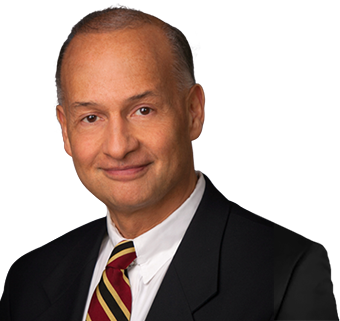Services
We do mesenchymal stem cells work offshore only on the island of Antigua or in Athens, Greece. We can do a combination of mesenchymal stem cells intravenously, local injection, and exosome treatment - IV or other.
Stem Cell Protocol:
When a patient is ready for treatment in the Medical Surgical Associates Medical Center in Antigua an IV is started. Then the stem cells for that patient are removed from their liquid nitrogen freezer and carefully thawed and drawn into a syringe in a laminar flow hood using strict sterile technique by an experienced member of our team. They are then ready for intravenous infusion or for local injection. Injections into joints are carried out by board-certified surgeon Chadwick Prodromos MD. Injections into the back, neck, or scalp are carried out by world-renowned pain specialist Ken Candido MD. Injections into the penis or pelvic floor are carried out by experienced urologist Adrian Rhudd.
Disorders Treated:
The “What We Treat” page contains a list of the most common disorders we treat with an indication as to whether we treat with VBP MSCs, T-cell vaccine, or Effector Cells. For some disorders, there is more than one option.


